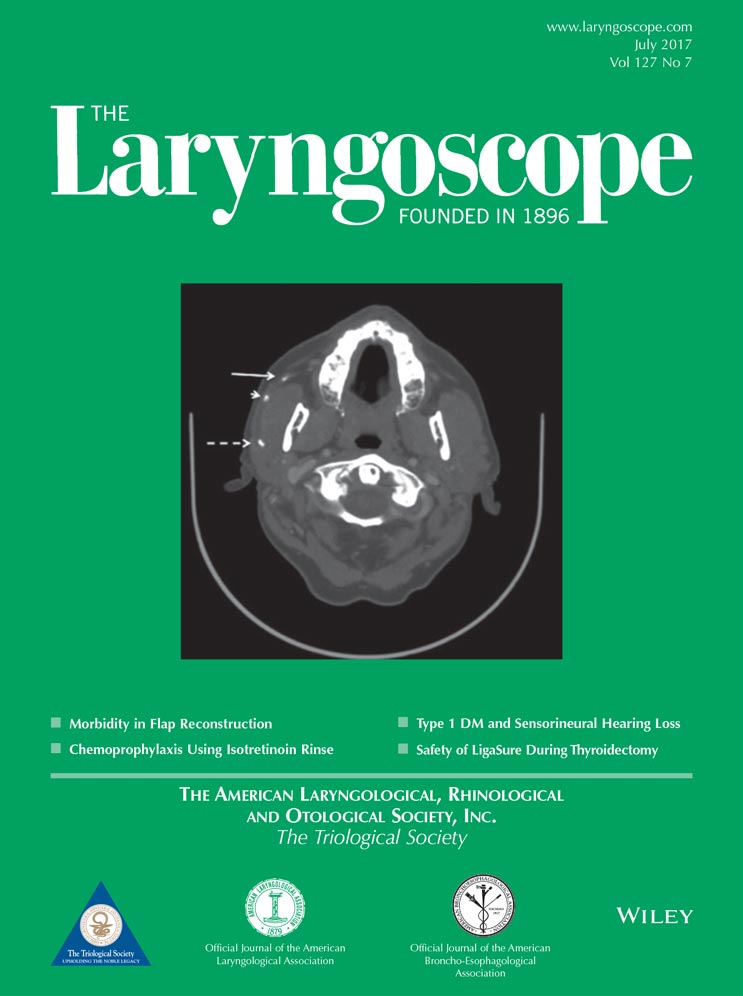Can contaminated water be rendered safe for nasal saline irrigations?
Presented at the Triological Society Combined Sections Meeting, Chicago, Illinois, U.S.A., May 21, 2016.
The authors have no funding, financial relationships, or conflicts of interest to disclose.
Abstract
Objectives/Hypothesis
To compare sterile water to three methods of sterilization (carbon filtration, boiling, and ultraviolet [UV] light) for preparation of nasal saline irrigants free of bacterial and amebic contaminants.
Study Design
Bench-top translational research and cost comparison.
Methods
Sterile water was compared to common sterilization methods. Sterile water was contaminated with known concentrations of Staphylococcus aureus, Pseudomonas aeruginosa, Moraxella catarrhalis, Acinetobacter baumannii, Klebsiella pneumonia, Legionella pneumophila, and Naegleria fowleri. Test samples were subjected to boiling, carbon filtration, or ultraviolet light (UV) and then cultivated on appropriate media. Controls included samples of sterile water (negative control) and untreated test samples (positive control).
Results
Carbon filtration reduced but did not eliminate the number of organisms present in test samples. Boiling test samples for 5 minutes and UV light treatment resulted in sterilization of all organisms. Negative (sham contaminated) samples produced no growth, whereas positive (untreated) samples grew numerous organisms as expected. A cost comparison between bottled water and UV water sterilization (with SteriPEN Ultra) became equal in less than 2 years of consistent use.
Conclusions
Carbon filtration reduces contamination but does not sterilize water and is thus unsafe for preparation of nasal saline irrigant. Boiling and UV treatment resulted in sterilization and are equivalent to purchased sterile water. Ultraviolet treatment was found to be safe, convenient, and a cost-effective alternative to purchased sterile water.
Level of Evidence
NA Laryngoscope, 127:1513–1519, 2017




